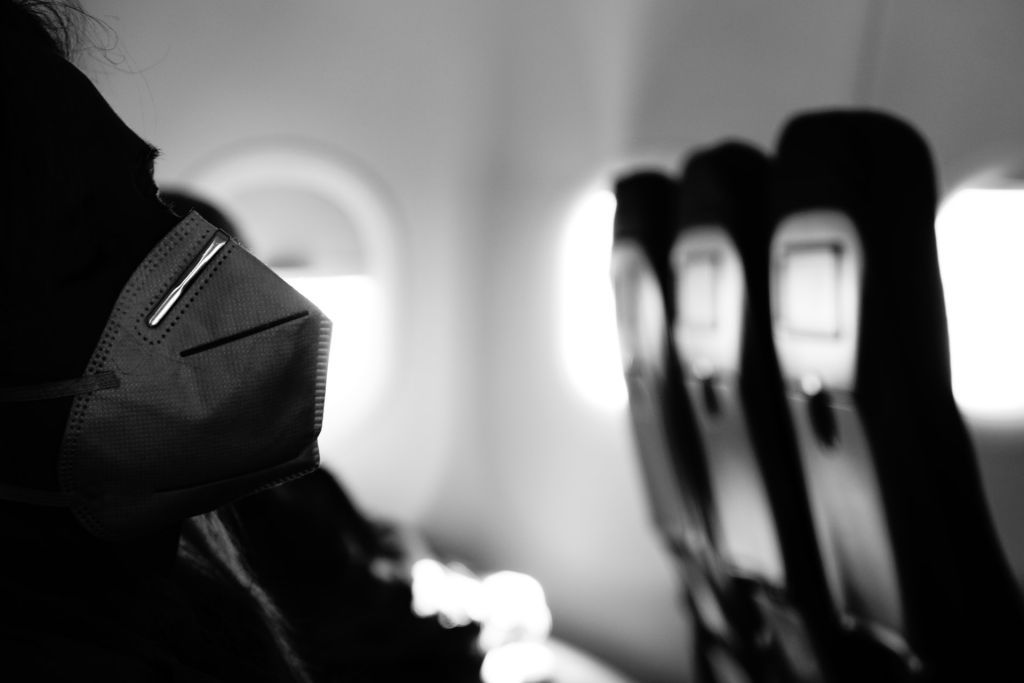The European Union Aviation Safety Agency (EASA) and European Centre for Disease Prevention and Control (ECDC) issued an update on the health safety measures for air travel.
EASA and ECDC dropped the recommendation for mandatory wearing of medical masks in airports and on board a flight, while noting that a face mask is still one of the best protections against the transmission of COVID-19.
The update of the joint Aviation Health Safety Protocol takes account of the latest developments in the pandemic, in particular the levels of vaccination and naturally acquired immunity, and the accompanying lifting of restrictions in a growing number of European countries. In addition to the changes with respect to masks, its recommendations include a relaxation of the more stringent measures on air operations, which will help relieve the burden on the industry whilst still keeping appropriate measures in place.
“From next week, face masks will no longer need to be mandatory in air travel in all cases, broadly aligning with the changing requirements of national authorities across Europe for public transport,” said EASA Executive Director Patrick Ky.
“For passengers and air crews, this is a big step forward in the normalisation of air travel. Passengers should however behave responsibly and respect the choices of others around them. And a passenger who is coughing and sneezing should strongly consider wearing a face mask, for the reassurance of those seated nearby.”
ECDC Director Andrea Ammon said: “The development and continuous updates to the Aviation Health Safety Protocol in light of the ongoing COVID-19 pandemic have given travellers and aviation personnel better knowledge of the risks of transmission of SARS-CoV-2 and its variants. While risks do remain, we have seen that non-pharmaceutical interventions and vaccines have allowed our lives to begin to return to normal. While mandatory mask-wearing in all situations is no longer recommended, it is important to be mindful that together with physical distancing and good hand hygiene it is one of the best methods of reducing transmission. The rules and requirements of departure and destination States should be respected and applied consistently, and travel operators should take care to inform passengers of any required measures in a timely manner. The importance of these measures should continue to be effectively communicated to passengers for their safety, and ECDC will continue to work with our colleagues at EASA to regularly assess and amend the recommendations as necessary.”
The new recommendations on the wearing of face masks are set to come into effect from May 16, 2022. However rules for masks in particular will continue to vary by airline beyond that date. For example, flights to or from a destination where mask-wearing is still required on public transport should continue to encourage mask wearing, according to the recommendations. Vulnerable passengers should continue to wear a face mask regardless of the rules, ideally an FFP2/N95/KN95 type mask which offers a higher level of protection than a standard surgical mask.
Passengers are also encouraged to observe distancing measures in indoor areas, including at the airport, wherever possible. But airport operators should adopt a pragmatic approach to this: for example, they should avoid imposing distancing requirements if these will very likely lead to a bottleneck in another location in the passenger journey, especially if they are not required at national or regional level in other similar settings.
While many states no longer require passengers to submit data through a passenger locator form, airlines should keep their data collection systems on standby so they could make this information available to public health authorities if needed, for example in the case where a new variant of concern (VOC) emerged which was identified as potentially more dangerous.
New VOCs are frequently discovered with varied degrees of immunity escape and severity of symptoms, the document observed. Airport staff, crew members and passengers should be alert and follow the recommendations and requirements of the national authorities of the State or region they are visiting.












